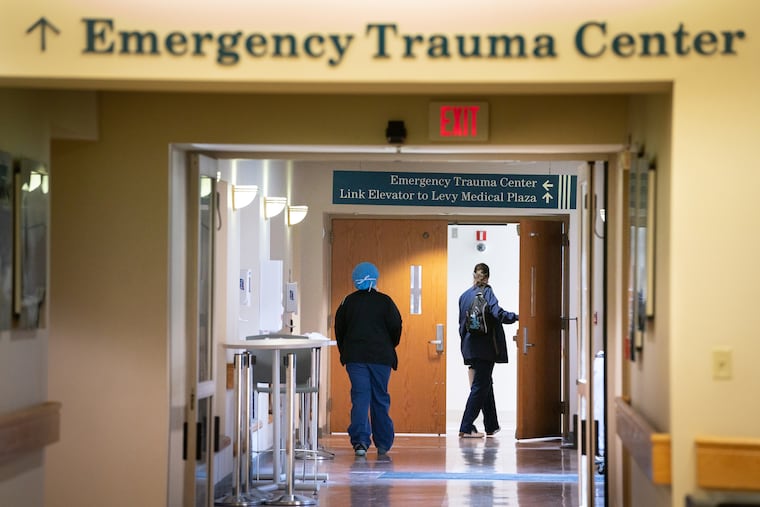Children are waiting longer in the ER for mental health care, study finds
Researchers found that the rate of pediatric mental health visits to the emergency department that lasted for more than six hours increased from 16% to 25%.

Researchers found that the rate of pediatric mental health visits to the emergency department that lasted for more than six hours increased from 16% to 25%.
